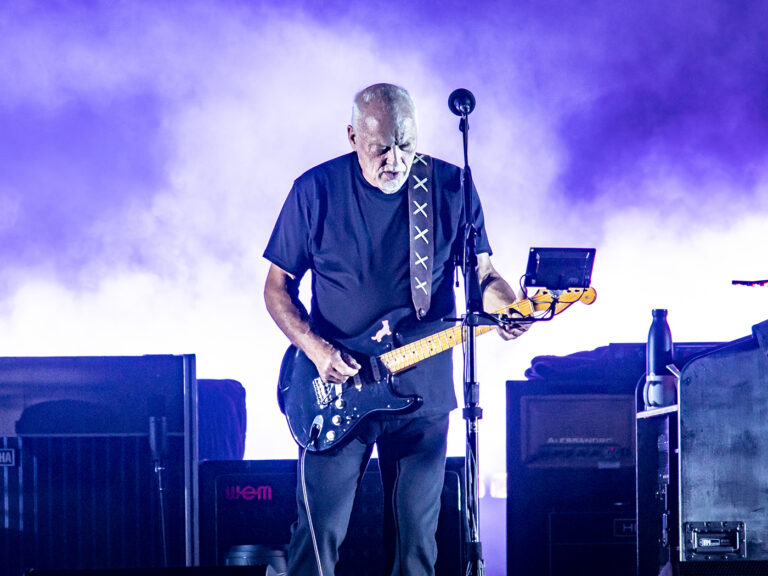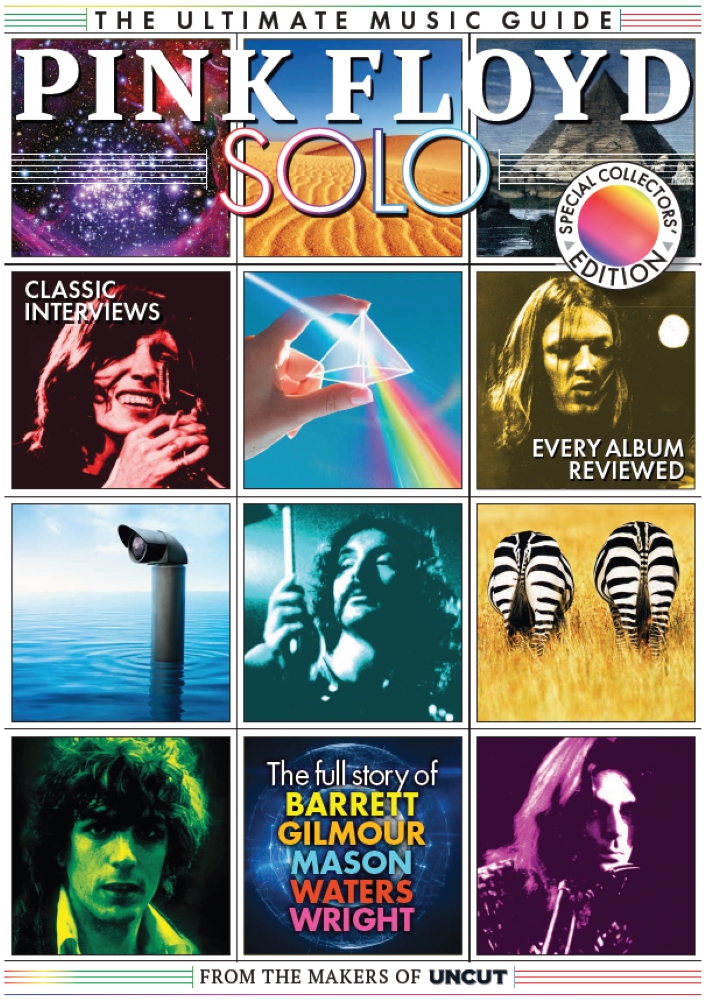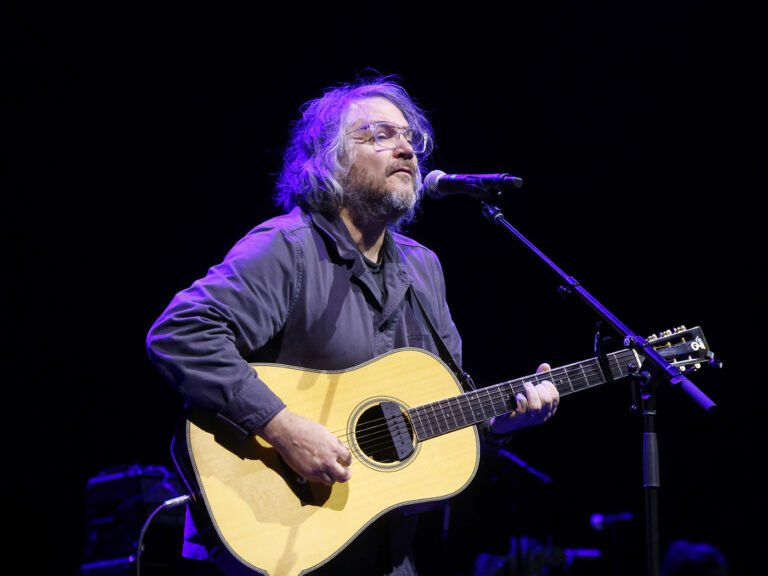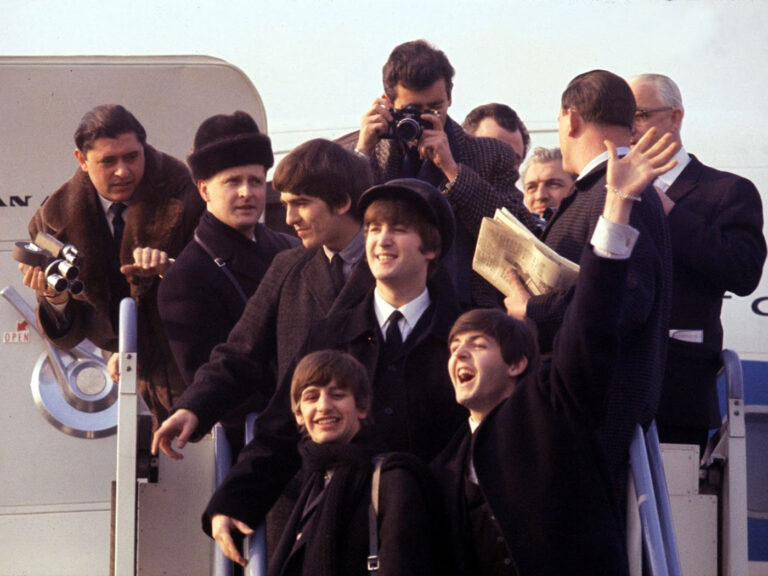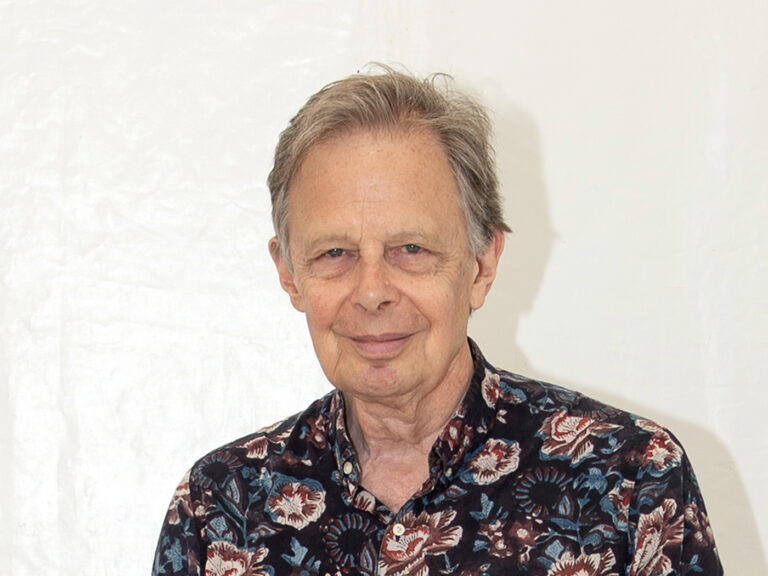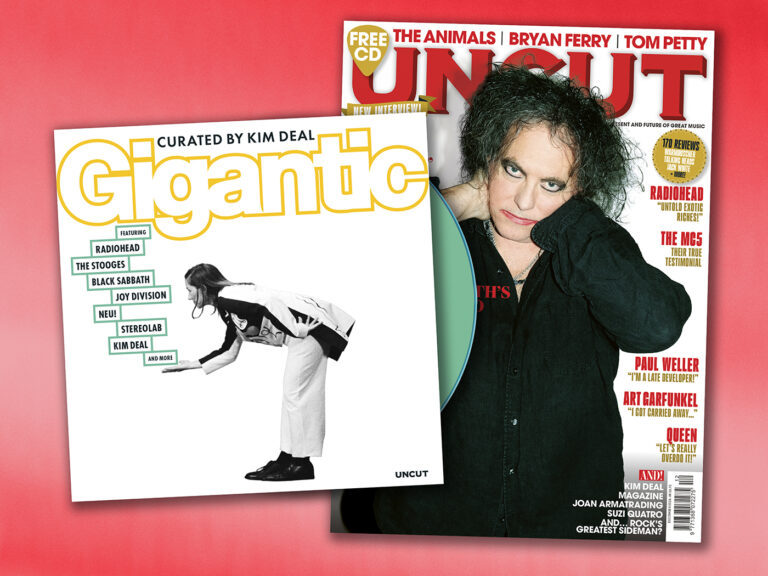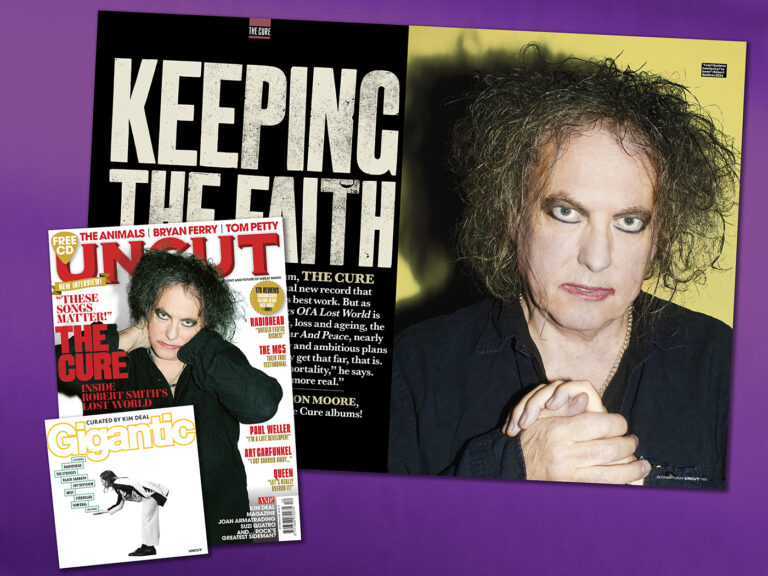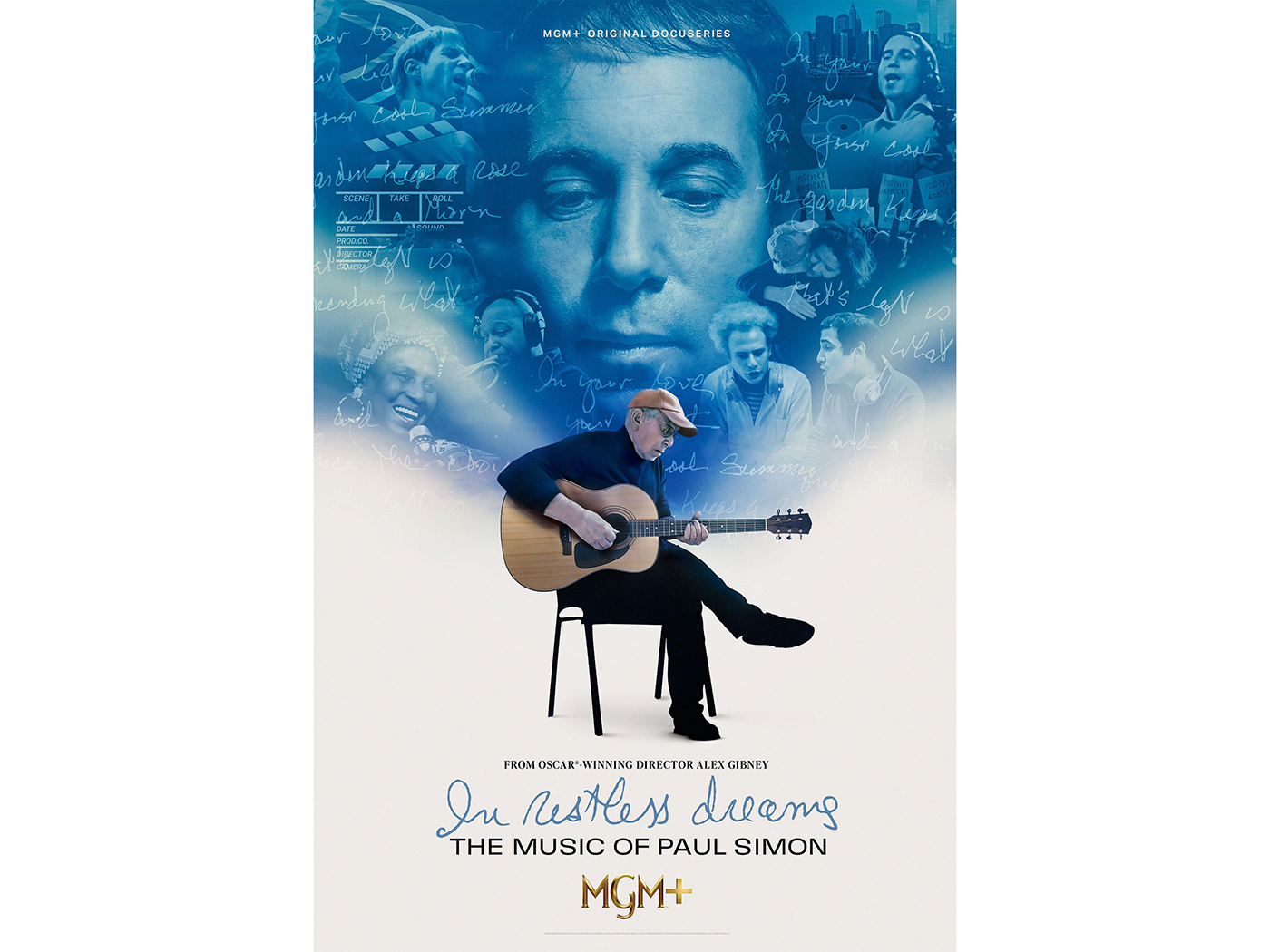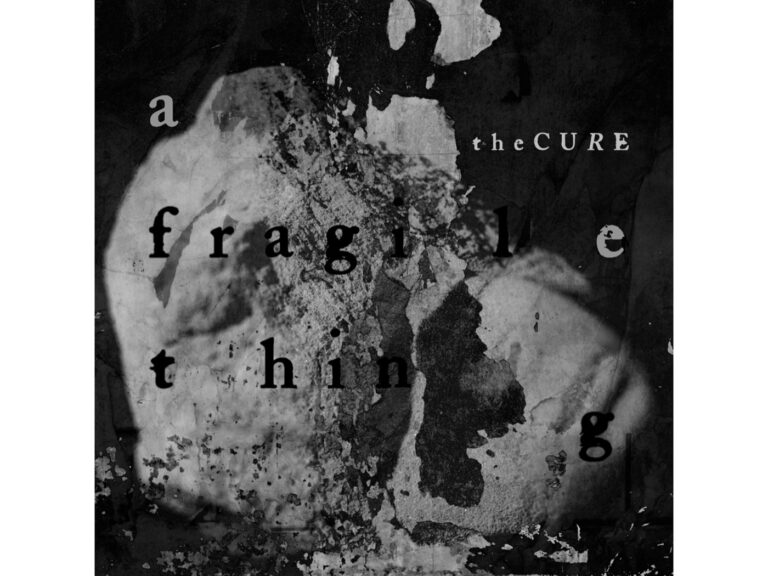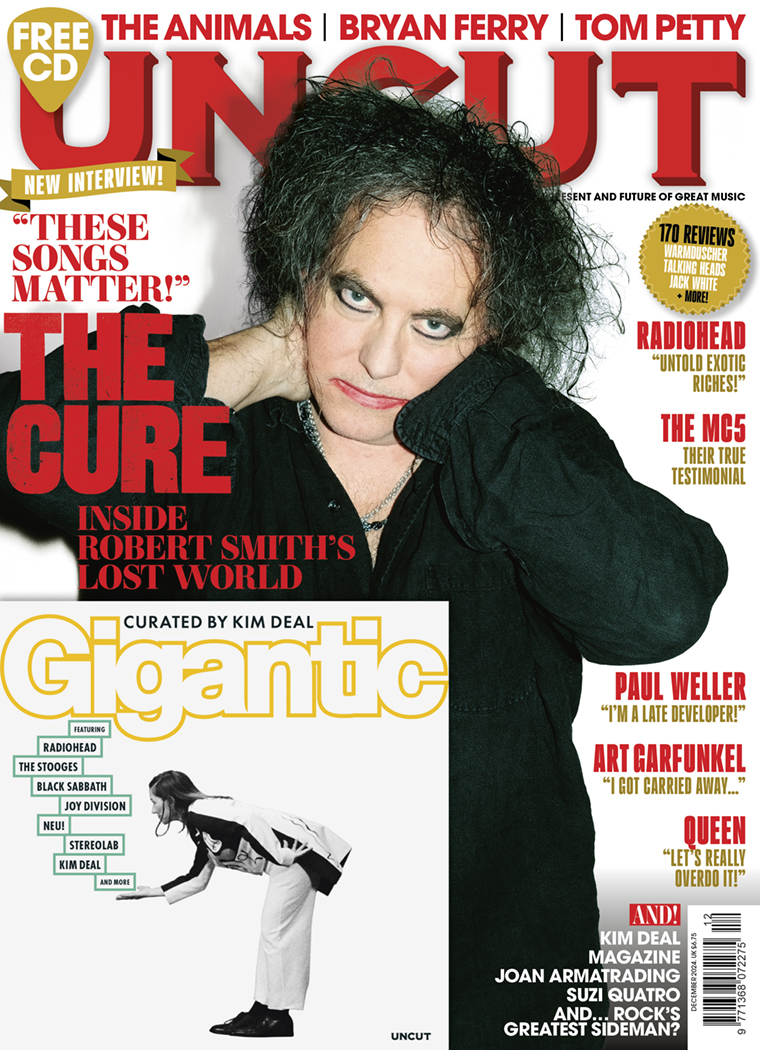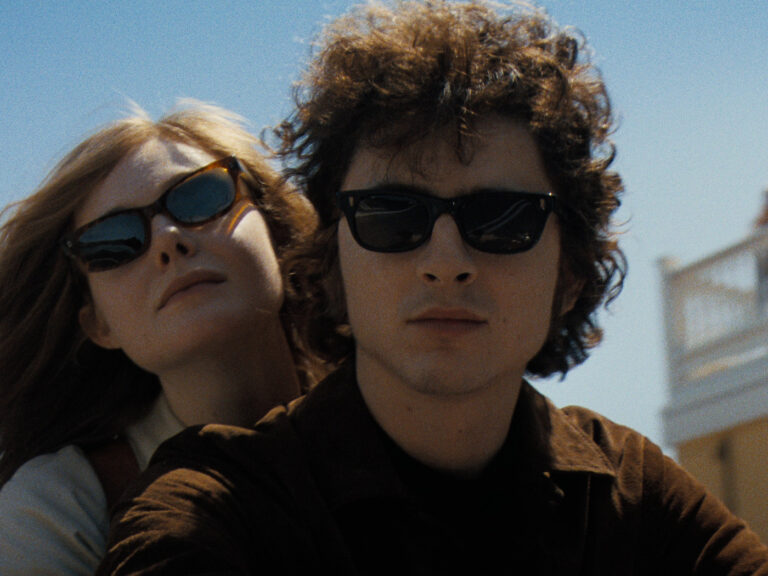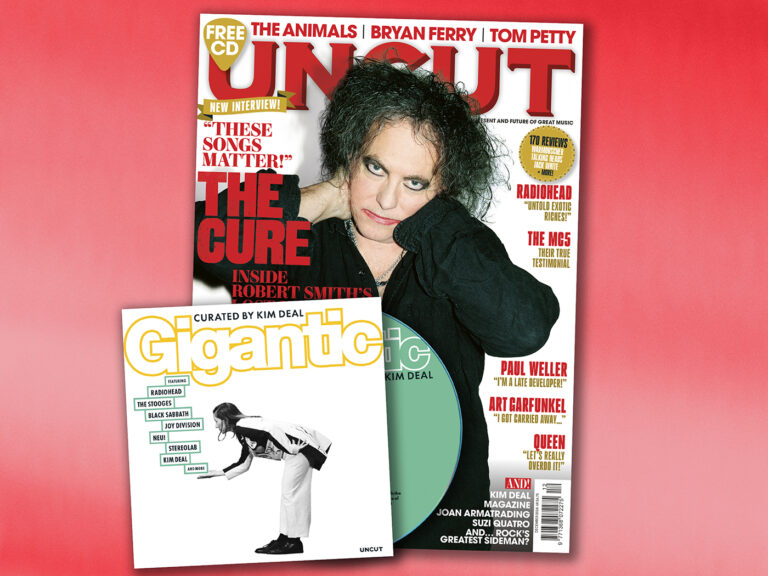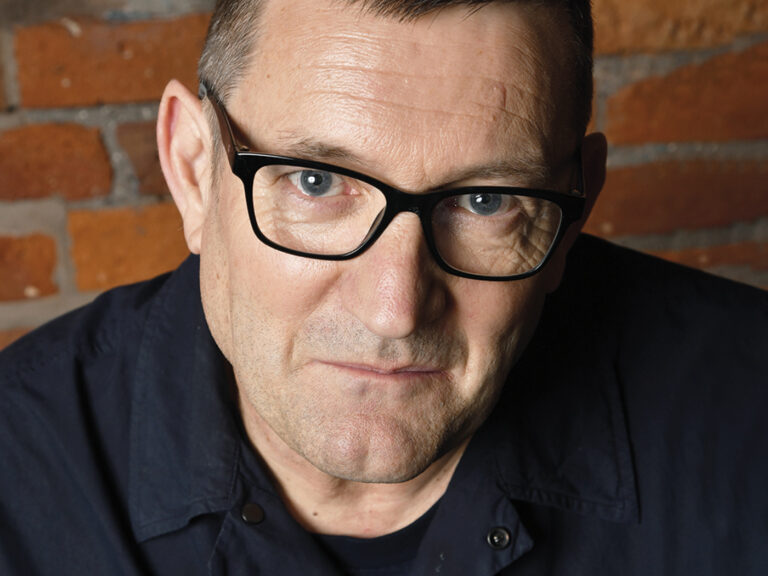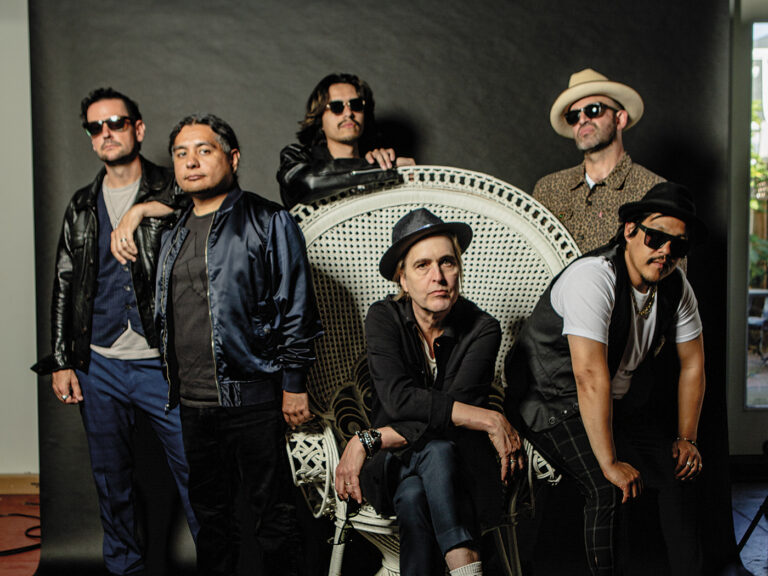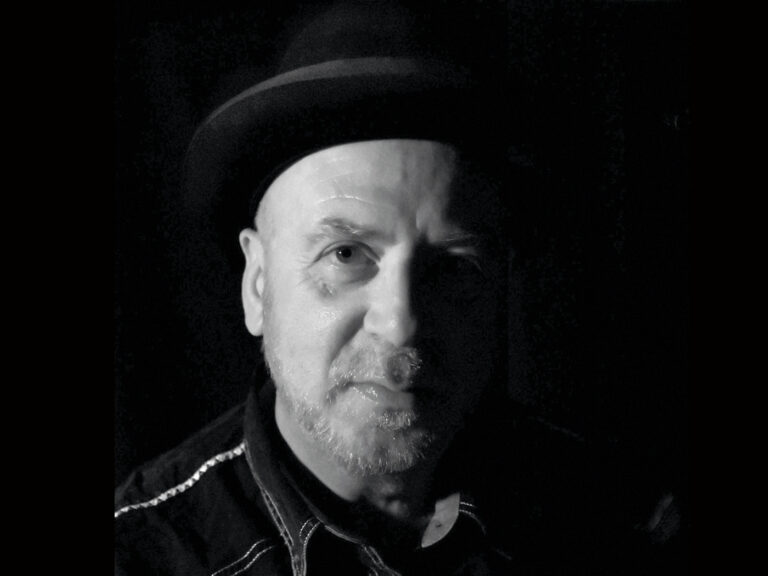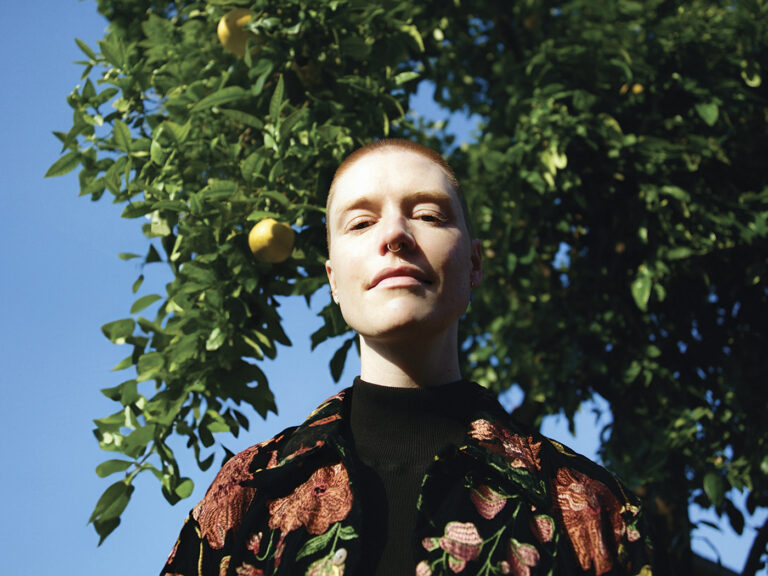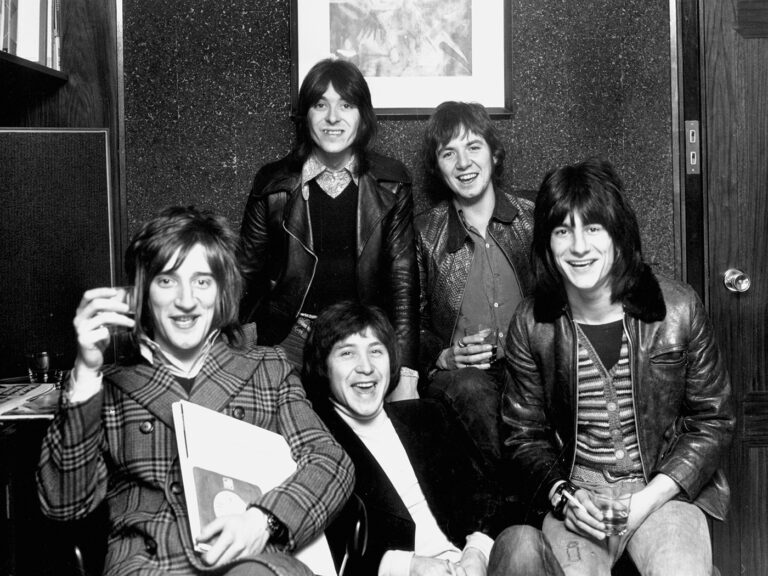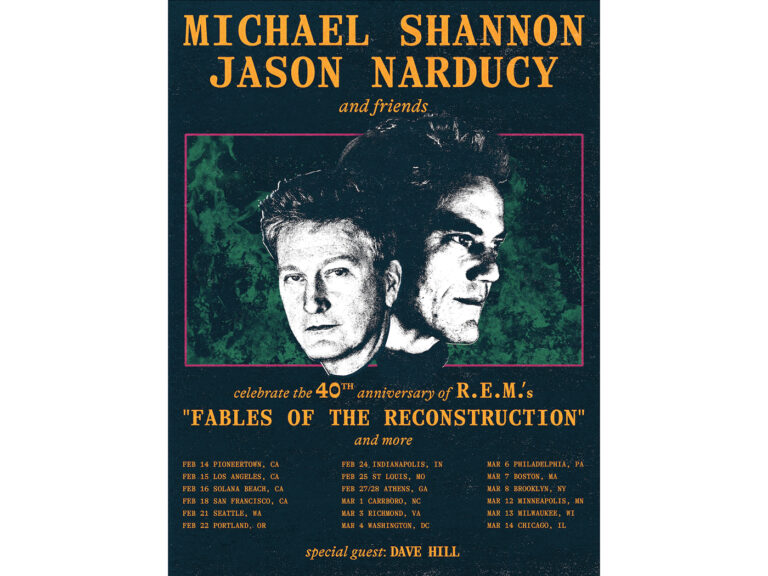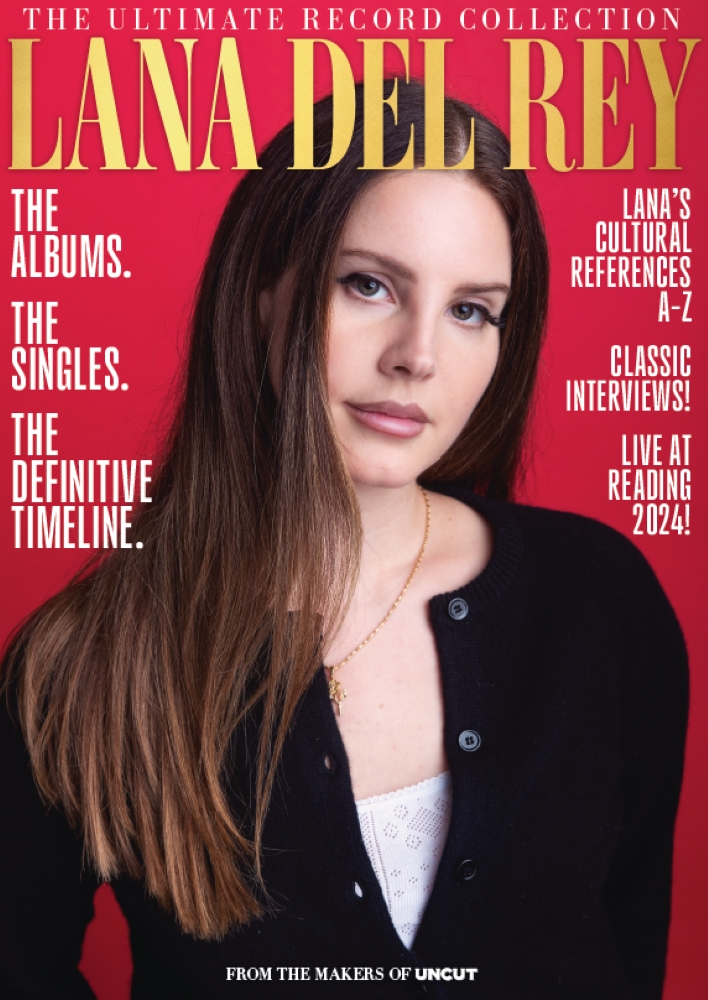The new issue of Uncut – in UK shops from today or available to order direct from us by clicking here – comes with a FREE 14-track CD curated by none other than the legendary Pixie, Breeder and now solo artist, Kim Deal.
“I don’t know if it’s a driving compilation,” she explains. “But that might be good, because if it’s a real CD then a lot of readers might listen to it in their cars…”
Read on for our track-by-track guide…
1 Joy Division
Warsaw
Kim kicks off with the opening track from the Manchester crew’s debut EP, “An Ideal For Living”. Here are Joy Division at their punkiest, with Ian Curtis sneering and Bernard Sumner’s guitar slashing and savage. Stephen Morris’s innovative drum beat points towards their future, though.
2 Th’ Faith Healers
This Time
One-time support act to The Breeders, this London group were bizarrely called ‘baggy metal’ back in the early ’90s – listening from 2024, though, this track, taken from their 1992 debut Lido, sounds like an impossibly cool and feral collision of Neu! and The Stooges. A rediscovery is definitely overdue.
3 Omertà
Kremer & Bergeret
A psychedelic group from the modern-day French underground, Omertà use two bass guitars to anchor their Gainsbourg funk grooves and Tortoise-esque post-rock keyboards, but it’s Florence Giroud’s voice that calmly mystifies on this highlight from their 2022 album Collection Particulière.
4 Booker T & The MG’s
Green Onions
A bona fide classic largely improvised in the studio around a 12-bar blues riff of Booker T’s, this 1962 B-side (shortly becoming a single in its own right, of course, and then one of the most famous songs of all time) is charged with a spiky electrical rush. The rough energy is infectious, especially during Steve Cropper’s guitar solo.
5 Stereolab
Lo Boob Oscillator
These days one of the ’lab’s best-known tracks, this 1993 single was collected on the peerless Refried Ectoplasm (Switched On Volume 2) two years later. In many ways, it captures the essence of the group, with Laetitia Sadier’s indelible melody and vocals eventually giving way to a motorik beat and grinding organ drones.
6 The Stooges
Dirt
The swaggering heart of Fun House, The Stooges’ second and arguably greatest album, “Dirt” pairs a slow funk beat and bassline with Iggy Pop’s transcendent vocals and Scott Asheton’s wah-wah guitar. As its seven minutes draw on, the atmosphere becomes eerier and darker: it’s quite unlike anything else.
7 Radiohead
Bodysnatchers
Thom Yorke and co have long been inspired by the tumbling rhythms of Can, but on this highlight from 2007’s In Rainbows they channel the power-driving beat of Neu!’s Klaus Dinger. As always with Radiohead, this is an instrumental masterclass, with all five playing their part, fuzzed guitars interlocking until the quieter middle section lets in some fresh air.
8 Neu!
Hallogallo
To maintain that groove, here are the inventors of what they themselves called the ‘apache beat’ with the 10-minute opener of their self-titled debut. There’s no bass guitar; instead, Klaus Dinger keeps that unique beat steady, rising and falling in power, while Michael Rother weaves otherworldly echoed and wah-wah’d guitar. In so many ways, it never gets old.
9 The Trashmen
Surfin’ Bird
From the sublime to the silly, this 1963 surf-rock delight was the debut single by Minneapolis’s Trashmen, and effectively
a medley of two songs by LA doo-wop group The Rivingtons. Covered by The Cramps and the Ramones, the original isn’t short of unhinged mania itself.
10 Kim Deal
Crystal Breath
Here’s a taste of Deal’s album Nobody Loves You More; recorded in her Dayton, Ohio basement, it’s a caustic electro-garage track with buzzing keys, a distorted funk beat and white-noise guitar stabs. Quite simply, no-one else would put a song together quite like this.
11 Courtney Barnett
City Looks Pretty
Another pulsing track from Deal’s pal Barnett, taken from her second album, Tell Me How You Really Feel. Melodic and catchy, it’s elevated by Barnett’s out-there lead guitar work and finally by the closing section, a very Pavement-ish, supremely stoned waltz.
12 Black Sabbath
War Pigs
Keeping the ’eavy 6/8 vibe going is the opening track from Sabbath’s 1970 LP, Paranoid. Veering between stoner-rock riffs and dramatic silences, it climaxes in the lengthy instrumental known on some releases as “Luke’s Wall”. You can easily imagine this blasting out
of cars in Dayton in the ’70s – and, let’s be honest, ever since.
13 Elizabeth Cotten
Freight Train
Taken from her 1958 album Folksongs And Instrumentals With Guitar, here’s ‘Libba’ Cotten with a song she wrote decades earlier. It’s hard to overstate the influence of her unique picking style, and it’s evident all the way through the timeless “Freight Train”.
14 Teenage Fanclub
Everything Flows
“A Good Time Pushed” on Nobody Loves You More features the Fanclub’s Raymond McGinley on lead guitar, and when Deal talks of his meandering solos it’s hard not to think of the band’s debut single. Combining Neil Young with the overdriven clatter of Glasgow grunge, it’s a fine way for Kim to conclude her compilation.
THE CURE, BRYAN FERRY, THE MC5, RADIOHEAD, KIM DEAL, PAUL WELLER AND MORE STAR IN THE NEW UNCUT – ORDER A COPY HERE


